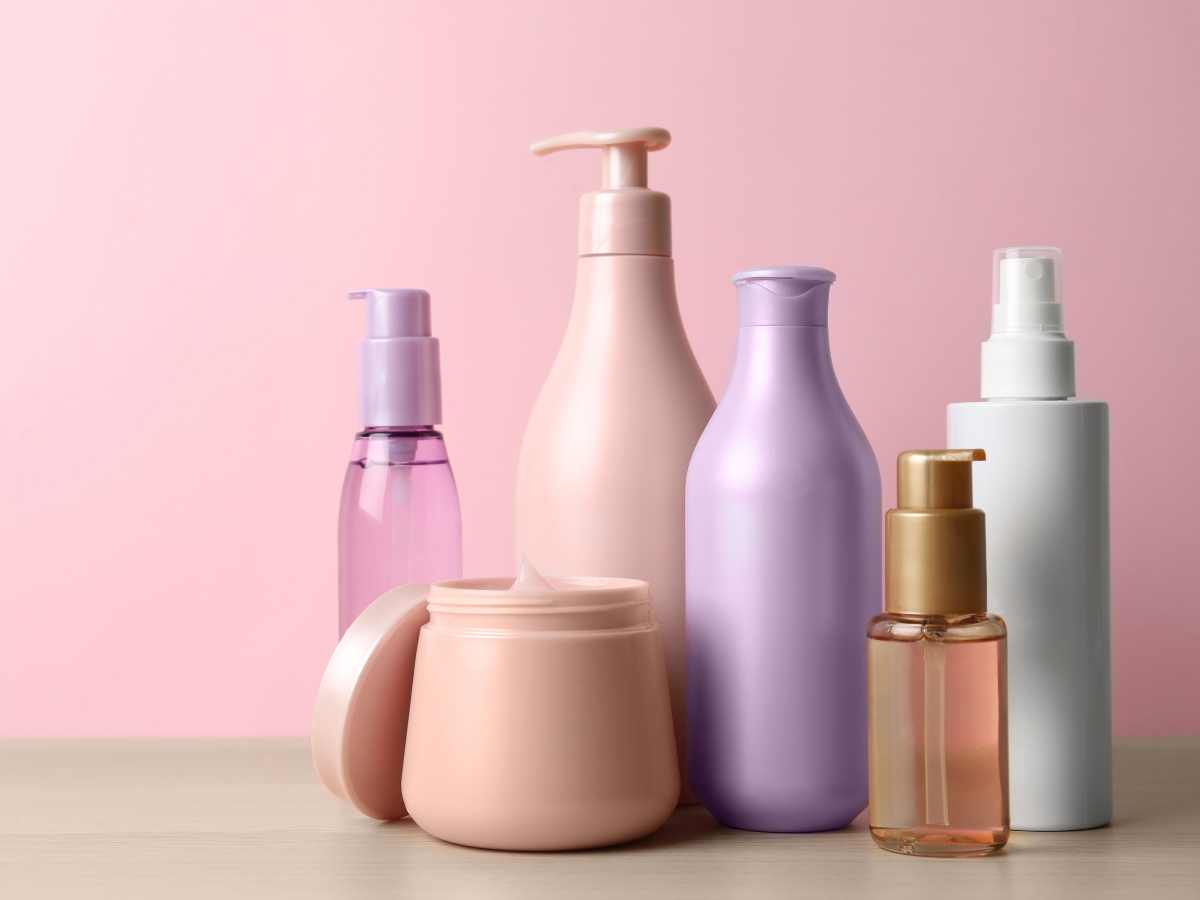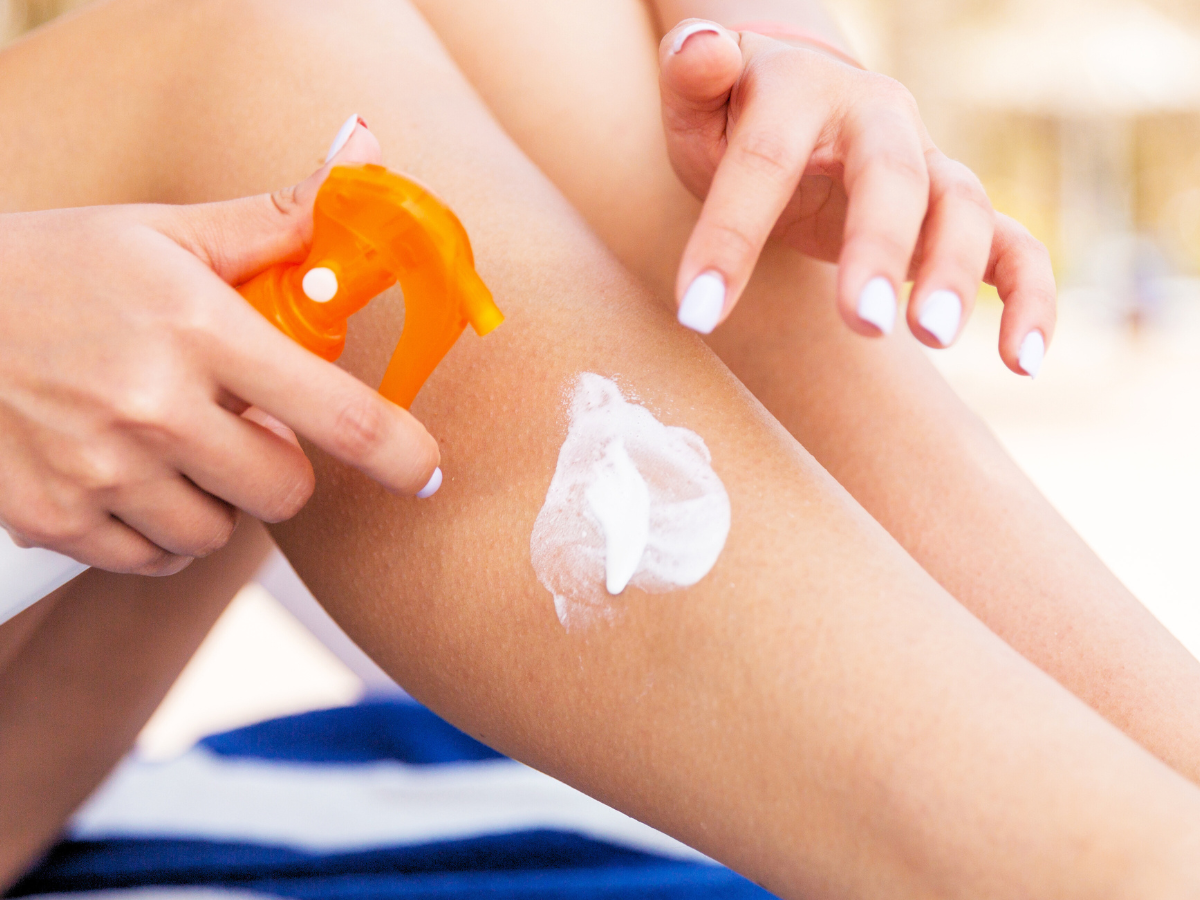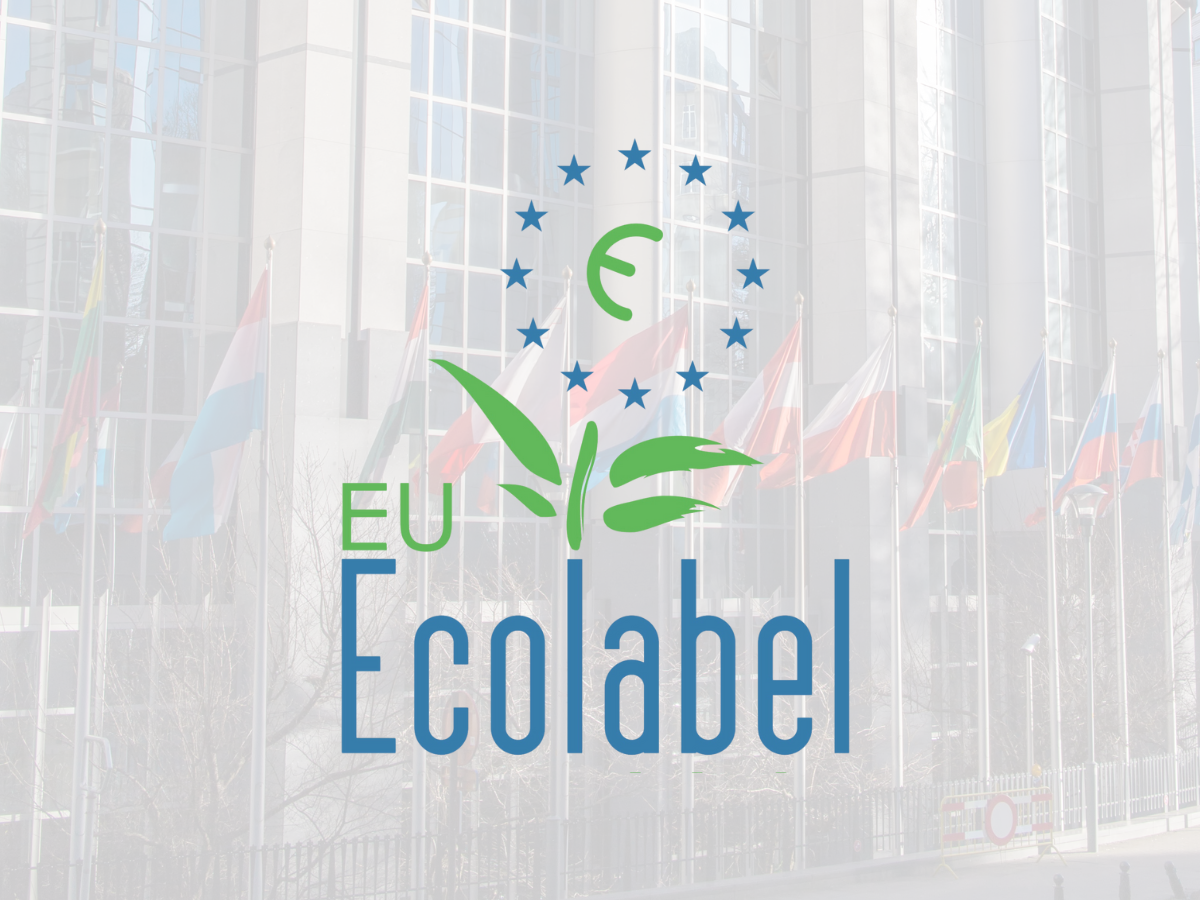QUICK OVERVIEW OF THE COSMETIC PRODUCTS REGULATION IN CANADA
Health Canada is the entity that regulates cosmetics in Canada, monitoring production and distribution in several sectors. Cosmetics made available in Canada must meet the requirements set out in the Food and Drugs Act and the Cosmetic Regulations. Moreover, cosmetic products must follow the requirements outlined in the Consumer Packaging and Labelling Act and its associated Regulations. The chemicals present in cosmetic and personal care products may be subject to the Canadian Environmental Protection Act.
Every cosmetic must be safe to use and must not pose any health risk, so both regulations require that cosmetics sold in Canada are manufactured, prepared, preserved, packed and stored under sanitary conditions. The responsibility to prove and demonstrate the safety of the product is of the manufacturer/importer. They need to be aware of emerging science and risks related to substances in the cosmetics they sell.
According to the Food and Drugs Act, a cosmetic is defined as “any substance or mixture of substances, manufactured, sold or represented for use in cleansing, improving or altering the complexion, skin, hair or teeth and includes deodorants and perfumes”. Cosmetics used by professional esthetic services, bulk institutional products such as hand soap in school rest rooms and “handmade” cosmetics sold through home-base businesses or craft sales, are also included in this definition and are, consequently, considered cosmetic products. Sunscreens, acne treatments, antidandruff shampoos, skin whiteners or lighteners and hand sanitizers are examples of products that are not considered cosmetics in Canada.
No pre-market cosmetic registration needs to be made in Canada, but a notification must be made by the manufacturer/importer to Health Canada informing that they are selling a product (domestically manufactured or abroad). The notification is made using the Cosmetic Notification Form (CNF), within 10 days of being placed in the market. Non-compliance with this requirement can lead to a denied entry into the country or a withdrawal of the cosmetic from the Canadian market. The identity of the product, function, list of ingredients and concentration, form of the cosmetic, product category, name and address of the manufacturer and distributor, are some of the information that needs to be presented in the notification process.
A list of the product’s ingredients needs to be provided to Health Canada (by the manufacturer or importer) and included in the label, allowing consumers to identify and avoid cosmetics with ingredients that are of concern to them. Health Canada regulates cosmetic ingredients, prohibiting and limiting the use of ingredients that present health risks.
The Cosmetic Ingredient Hotlist is an administrative tool that Health Canada uses to communicate to manufacturers and others that certain substances may be prohibited or restricted in cosmetics (up to a certain concentration or under certain conditions, along with warnings they need to display). Entries on the Hotlist can be linked to particular legislative provisions (e.g., Section 16 of the Food and Drug Act).
The label of cosmetic products needs to comply with all the specific requirements set out by the Food and Drugs Act, the Cosmetic Regulations, the Consumer Packaging and Labelling Act and the Consumer Packaging and Labelling Regulations. Between other information, the label must indicate:
- The list of ingredients (using the INCI system)
- The identity of the product (in English and French)
- A statement of net quantity (in metric units of measurement)
- The name and address of the manufacturer or distributor
- Warnings or cautions (in English and French)
- Directions for safe use of the product (in English and maybe in French, depending on the province)
Canada has two official languages, so companies should pay special attention to the language on the label, as some parts also need to be written in French (could vary from province to province).
Post-market surveillance processes are put in place by Health Canada in order to identify potential safety issues related to cosmetic products. When consumer and trade complaints are made to Health Canada, inspectors receive and investigate the cases to ensure that those cosmetics are compliant with the law. The Consumer Product Safety Program from Health Canada identifies, assesses, manages and communicates risks to human health or safety of consumer products and cosmetics after they reach the consumer market. The Program carries out its risk-assessment function, gathering information from a variety of sources.
RECENT DEVELOPMENTS IN CANADA
Earlier this year, it was announced the Toxic Substances Warning Label Act (Bill C-266). This Bill is described as “an Act regarding the right to know when products contains toxic substances” and sets out a prohibition on the sale, importation, and advertisement of any product containing a toxic substances or that produces a toxic substance during its use. This does not apply when the product has a label warning of the potential exposure to the toxic substance affixed on one or more surfaces of its packaging.
A public consultation went through in Canada, in order to obtain comments on the 2021 to 2028 agenda to reduce volatile organic compounds (VOC) in consumer and commercial products. Currently Canada does not have regulations in place to limit VOC emissions from certain product categories and meet its commitments under the Ozone Annex to the Canada-United States Air Quality Agreement. According to the Government of Canada, “The existing voluntary guidelines recommending VOC concentration limits for consumer product categories have not been sufficient in meeting these objectives”.
Critical Catalyst has a team of regulatory experts that can help you with this and other markets. Do not hesitate to contact us at info@criticalcatalyst.com.
References:
- Food and Drugs Act. R.S.C., 1985, c. F-27. 2021. Available from: https://laws-lois.justice.gc.ca/eng/acts/F-27/page-1.html
- Cosmetic Regulations. C.R.C., c. 869. 2019. Available from: https://laws-lois.justice.gc.ca/eng/regulations/C.R.C.,_c._869/page-1.html
- Regulatory information for cosmetics. Government of Canada. Available from: https://www.canada.ca/en/health-canada/services/consumer-product-safety/cosmetics/regulatory-information.html















